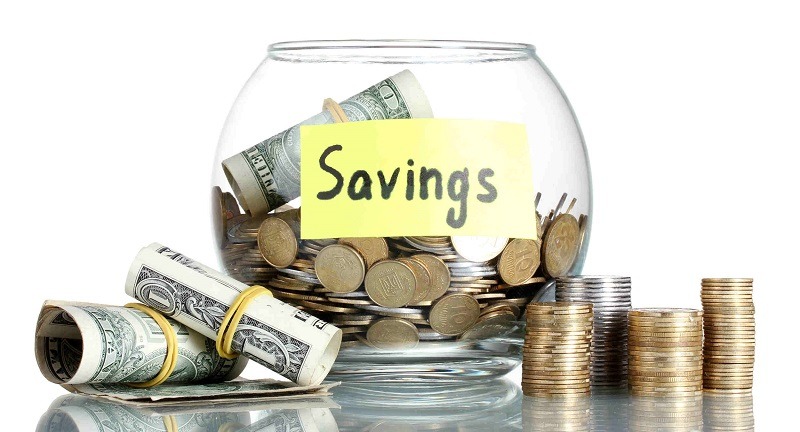US Debt Continues to Soar Amid Economic Uncertainty
…

US Debt Continues to Soar Amid Economic Uncertainty
Amidst the backdrop of a global pandemic and economic turmoil, the United States’ national debt has been steadily climbing to unprecedented levels. The outbreak of COVID-19 has taken a massive toll on the economy, leading to widespread unemployment and a sharp decline in government revenue.
The federal government has enacted several stimulus packages to provide relief to businesses and individuals, but these measures have come at a cost. The national debt currently stands at over $28 trillion, a figure that continues to rise with each passing day.
Some economists argue that the soaring debt levels are necessary to prevent a full-blown economic collapse, while others warn of the long-term consequences of such high levels of borrowing. The debate over the sustainability of the US debt has intensified in recent months, with no clear consensus in sight.
As the country grapples with the ongoing pandemic and its economic fallout, the question of how to address the rising national debt remains a pressing concern. Some advocate for austerity measures and spending cuts, while others call for increased government investment to stimulate growth.
Regardless of the approach taken, it is clear that the US debt will continue to be a key issue in the years to come. How the government chooses to address this challenge will have significant implications for the future of the country’s economy and its citizens.
In the meantime, investors and economists will be closely monitoring the situation, looking for signs of how the US government plans to tackle its mounting debt. With economic uncertainty still looming, finding a sustainable solution to the debt crisis will be crucial for the country’s long-term financial health.

